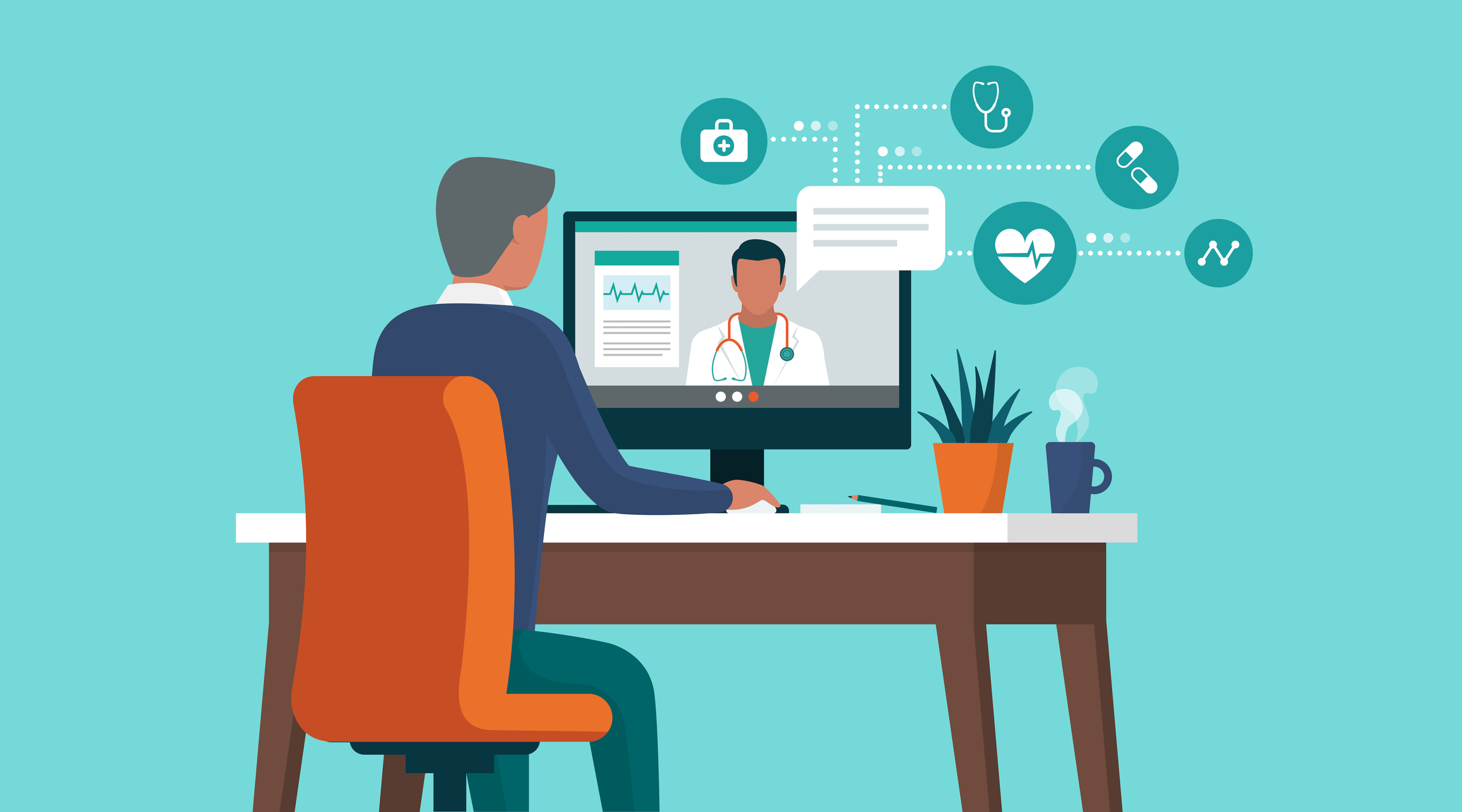Money is the biggest source of stress in the lives of Americans, CNBC reported. Nearly two-thirds of Americans lose sleep over their worries about money. At the top of a long list of expenses they worry about affording is unexpected medical bills. That’s right – families worry more about surprise medical bills than about affording gasoline for their cars, electricity and heat to keep their homes cool and warm, the expense of keeping a roof over their heads and the cost of putting food on the table. In fact, four of the top six costs Americans are worried about being able to afford are related to healthcare, including paying health insurance deductibles, paying for prescription drugs and paying their monthly health insurance premiums.

The Struggle to Afford Medical Care in America
Research shows that 67 percent of Americans surveyed rated unexpected medical bills as their most pressing worry, with 38 percent of respondents “very worried” and 29 percent “somewhat worried.” For 39 percent of adults under age 65 with insurance, that fear has become a reality in the past year, when they found that the medical bills they expected to be covered weren’t or that their out-of-pocket cost was higher than they had anticipated. Among these respondents, half reported that their surprise medical bill was under $500, while almost one in eight were struggling with an unexpected bill for $2,000 or more.
Online Medicine Helps Reduce Unexpected Bills
It may seem like a paradox that the cost for a virtual doctor visit is more clearly communicated than that of a traditional, face-to-face appointment. Yet if most patients called their doctor’s office to ask about the cost of the visit or procedure – not just their copayment amount, but the actual cost – they would have a hard time getting an answer. On the other hand – perhaps because they often are not covered by health insurance – online medical services often have their costs readily available. They tend to be more affordable, as well. At the end of 2016, a virtual doctor visit cost $40 to $50 on average, compared to $176 for a face-to-face visit providing equivalent care.

